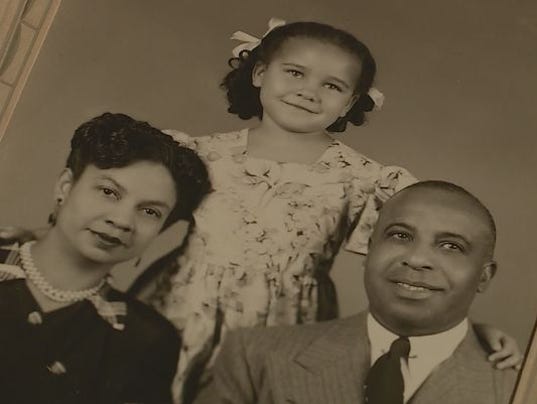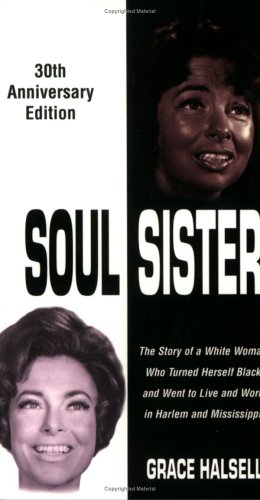Mat Johnson On ‘Loving Day’ And Life As A ‘Black Boy’ Who Looks WhitePosted in Audio, Autobiography, Interviews, Media Archive, United States on 2015-06-29 21:11Z by Steven |
Mat Johnson On ‘Loving Day’ And Life As A ‘Black Boy’ Who Looks White
Fresh Air
National Public Radio
2015-06-29
Terry Gross, Host
As a biracial child growing up in Philadelphia, writer Mat Johnson identified as black – but looked white. His new novel is about a man who returns to his hometown after inheriting a run-down mansion.
TERRY GROSS, HOST:
This is FRESH AIR. I’m Terry Gross. In a personal essay called “Approving My Blackness,” my guest Mat Johnson wrote, I grew up a black boy who looked like a white one. His African-American mother and Irish-American father divorced when he was 4. He says, I was raised mostly by my black mom in a black neighborhood in Philadelphia during the Black Power movement. So there was quite a contrast between how he saw himself and how others saw him.
Race and identity are also themes of his novel “Pym” and his comic book “Incognegro.” The main character in Johnson’s new satirical novel “Loving Day” is a comic book artist who, like Mat Johnson, is biracial but to many people looks white. When the novel opens, he’s newly divorced and has just returned to Germantown, the Philadelphia neighborhood where he grew up because his father, who just died, bequeathed him a huge, old wreck of a mansion that he bought in an auction but was never able to renovate.
A mansion in the ghetto is how Johnson describes it. The character doesn’t know what to do with the mansion or his life. The book’s title, “Loving Day,” refers to the day of the Supreme Court’s 1967 decision Loving v. Virginia, which struck down all laws banning interracial marriage.
Mat Johnson, welcome to FRESH AIR. I’d love to start with a reading. So this reading happens when the main character is at a small comic book convention, and he finds himself placed on the panel of African-American comic book authors. And he knows because he looks white that people will assume, like, what is he doing there? And in fact, somebody asks, like, what are you doing on this panel? And if you could pick it up from there.
MAT JOHNSON: (Reading) Why am I at the black table? I’m a local writer just back in town, you know, peddling my wares, I tell them, then babble on a bit more, eventually getting to my name and the last book I worked on…
Listen to the interview here (00:38:01). Download the interview here. Read the transcript here.




